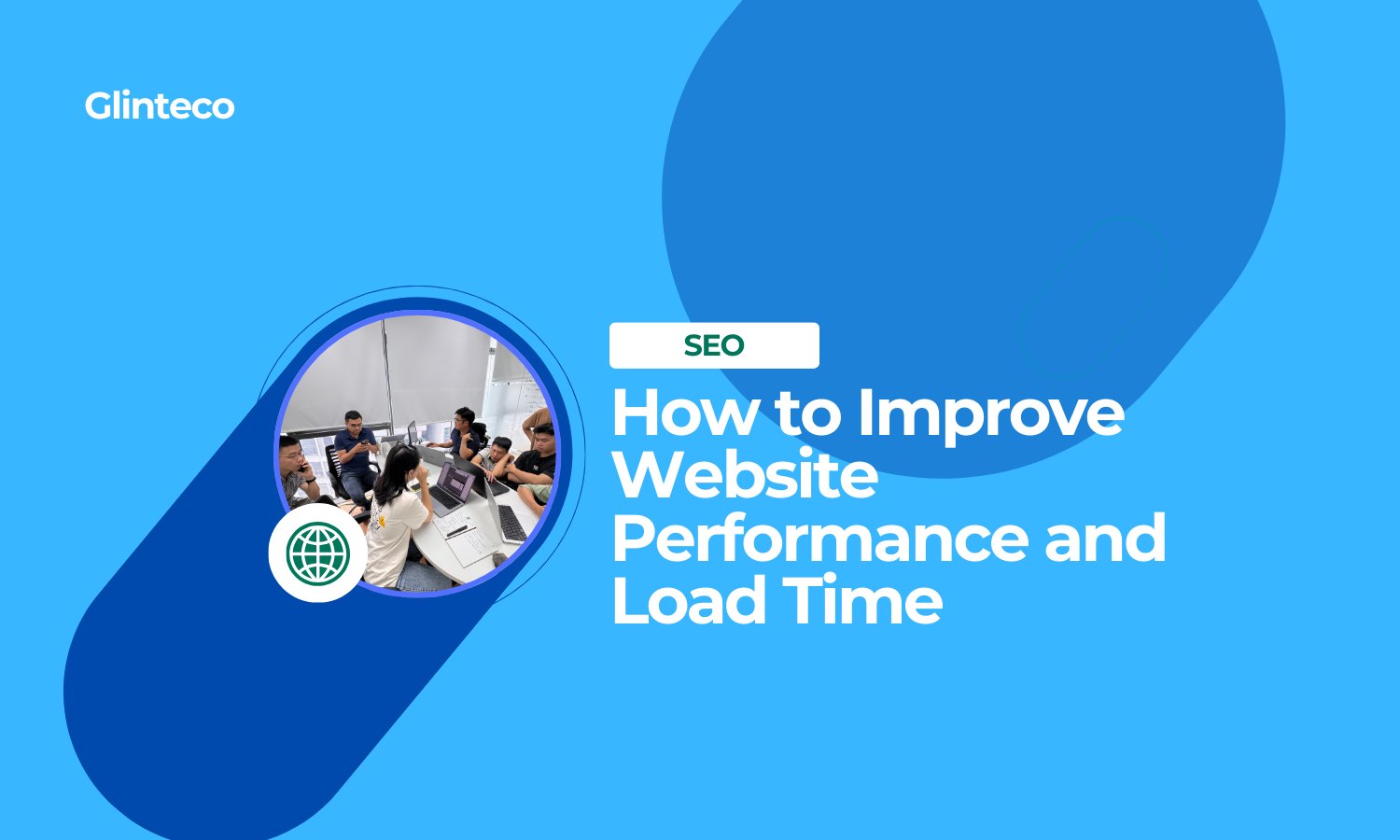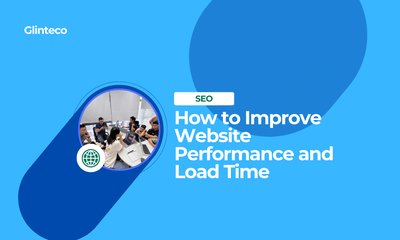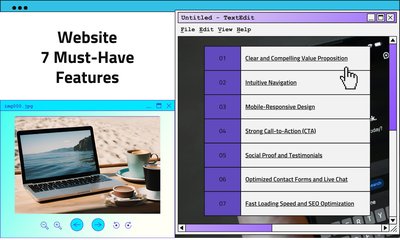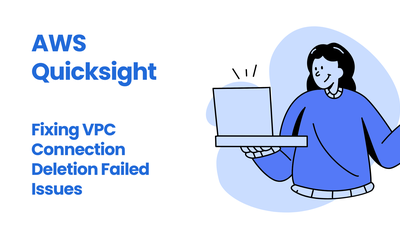How to Improve Website Performance and Load Time for Better SEO
By JoeVu, at: May 23, 2025, 2:17 p.m.
Estimated Reading Time: __READING_TIME__ minutes


A fast-loading website isn’t just a nice-to-have - it’s essential. Slow load times can frustrate users, increase bounce rates, and negatively impact your SEO rankings. For SMEs (Small and Medium-sized Enterprises), having a high-performing website can be the difference between gaining or losing a potential customer.
If you’re wondering how to improve your website’s performance and load time while boosting SEO rankings, this guide will walk you through essential steps tailored specifically for SMEs.
Why Website Performance Matters for SMEs
- First Impressions Count: Visitors expect a page to load in under 3 seconds. A slow site can turn them away before they even see what you offer.
- SEO Rankings: Google prioritizes fast-loading websites. Poor performance can hurt your position in search results.
- Higher Conversion Rates: Faster websites lead to better user experiences, which means more leads, sales, and revenue.
1. Optimize Images Without Losing Quality
Images often make up the bulk of a page's weight. Unoptimized images can significantly slow down your site.
Quick Fixes:
- Use next-gen formats like WebP or AVIF.
- Compress images using tools like TinyPNG or ImageOptim.
- Implement lazy loading so images only load when they enter the user’s viewport.
Pro Tip: For WordPress users, plugins like Smush or Imagify can automate image optimization.
2. Minify and Compress Code
Every extra line of code can slow your site down. Minifying and compressing your HTML, CSS, and JavaScript files can shave precious milliseconds off your load time.
How to Do It:
- Use tools like UglifyJS or CSSNano to minify files.
- Enable Gzip or Brotli compression on your server to reduce file sizes before sending them to users.
For WordPress users, plugins like Autoptimize or W3 Total Cache can handle both minification and compression.
3. Use a Content Delivery Network (CDN)
A CDN stores cached copies of your website on servers around the world, delivering content from the closest location to your user. This reduces latency and speeds up load times.
Top CDN Providers:
- Cloudflare (also adds security features)
- Amazon CloudFront
- Akamai
CDNs are especially helpful if your SME serves a global audience.
4. Enable Browser Caching
Browser caching stores parts of your website locally on users’ devices, so they don’t have to reload the entire site every time they visit.
How to Set It Up:
- Configure caching through your .htaccess file.
- Use WordPress caching plugins like WP Super Cache or W3 Total Cache.
- Set appropriate expiration times for static files like images, CSS, and JavaScript.
5. Optimize Web Hosting for Performance
Your hosting provider plays a significant role in site speed. Cheap, shared hosting can bottleneck performance, especially as traffic grows.
What to Look For in a Host:
- SSD storage for faster data retrieval.
- Adequate server resources (RAM, CPU).
- Optimized hosting environments for CMSs like WordPress or Joomla.
Recommended Hosting Providers for SMEs:
- SiteGround (Great for WordPress)
- WP Engine (Managed WordPress hosting)
- DigitalOcean (Scalable cloud hosting)
6. Reduce HTTP Requests
Every element on your site (images, scripts, stylesheets) triggers an HTTP request. The more requests, the slower the page.
Tips to Reduce Requests:
- Combine CSS and JS files.
- Use CSS sprites for icons.
- Minimize third-party scripts (like excessive tracking pixels or social sharing buttons).
7. Implement Lazy Loading for Videos and Iframes
Just like images, videos and iframes (like embedded Google Maps) can slow down your site. Lazy loading defers the loading of these elements until users scroll to them.
For WordPress, plugins like Lazy Load by WP Rocket make this process easy.
8. Optimize for Mobile Performance
With over 60% of web traffic coming from mobile devices, Google now uses mobile-first indexing for SEO rankings. Your website must perform just as well on smartphones as it does on desktops.
Steps to Optimize:
- Use responsive design to adapt to all screen sizes.
- Optimize images and assets specifically for mobile.
- Eliminate intrusive interstitials (pop-ups that block content).
9. Monitor and Test Performance Regularly
Regular performance audits help identify and fix issues before they affect users or SEO.
Tools to Use:
- Google PageSpeed Insights: For desktop and mobile speed scores.
- GTmetrix: Offers waterfall analysis and optimization tips.
- Pingdom: Tracks uptime and response times.
- Lighthouse (built into Chrome DevTools): For in-depth audits.
10. Bonus: SEO Benefits of a Fast Website
By improving your website’s speed, you’ll not only enhance user experience but also enjoy several SEO advantages:
- Lower Bounce Rates: Users stick around longer when your site loads quickly.
- Improved Search Rankings: Google rewards fast sites with higher SERP positions.
- Increased Organic Traffic: Better rankings lead to more traffic.
- Higher Conversions: Speed impacts user behavior, faster sites lead to more sales.
Final Thoughts
Improving your website’s performance and load time isn’t just about better SEO.
It’s about providing a superior experience that turns visitors into customers.
At Glinteco, we specialize in helping SMEs optimize their websites for speed, performance, and search rankings. Whether you need a full website audit or help implementing specific optimizations, we’ve got you covered. Contact us today or schedule a free consultation to get started.





